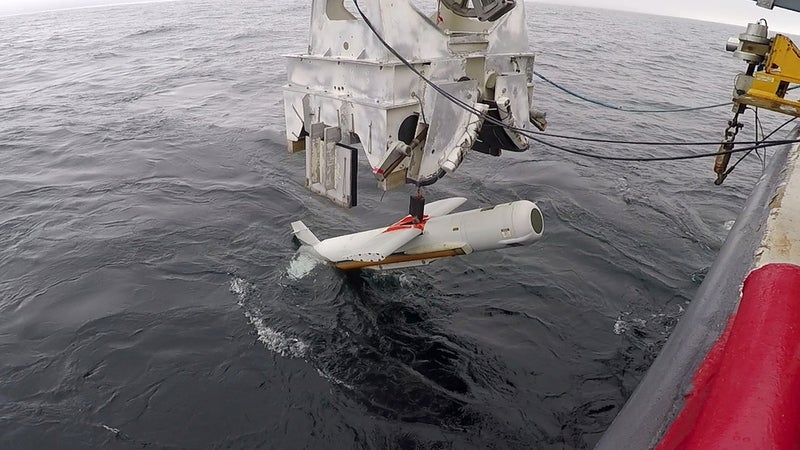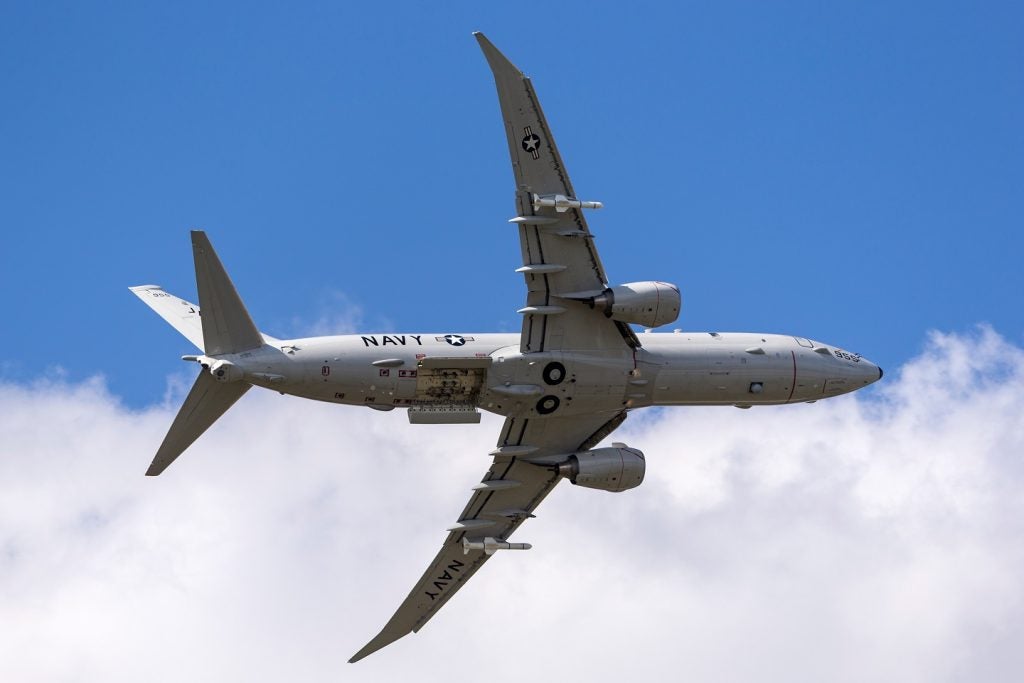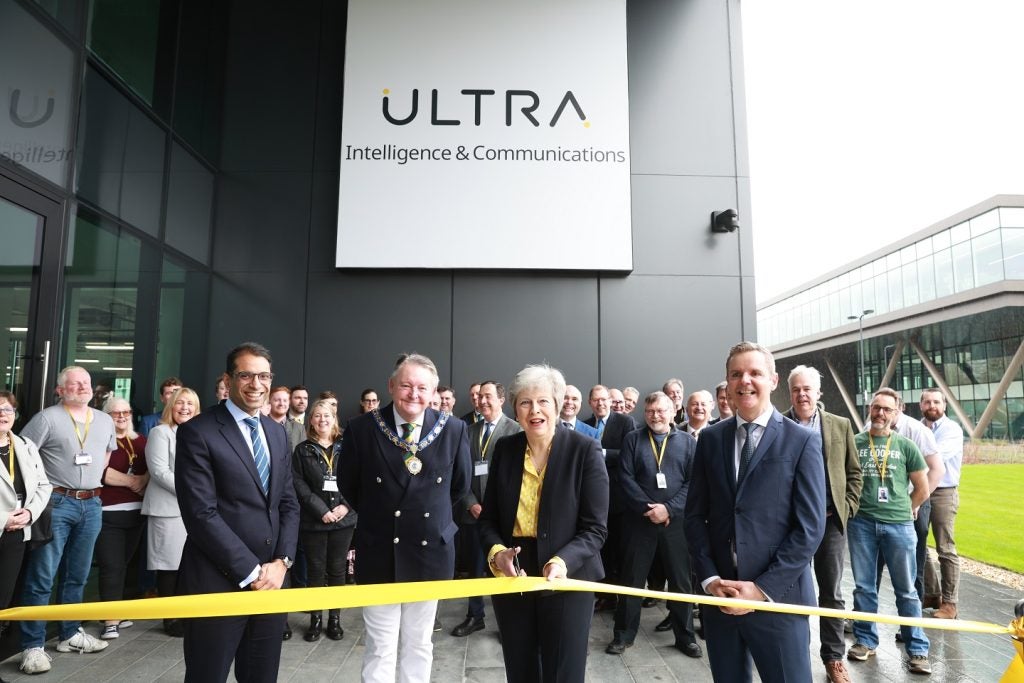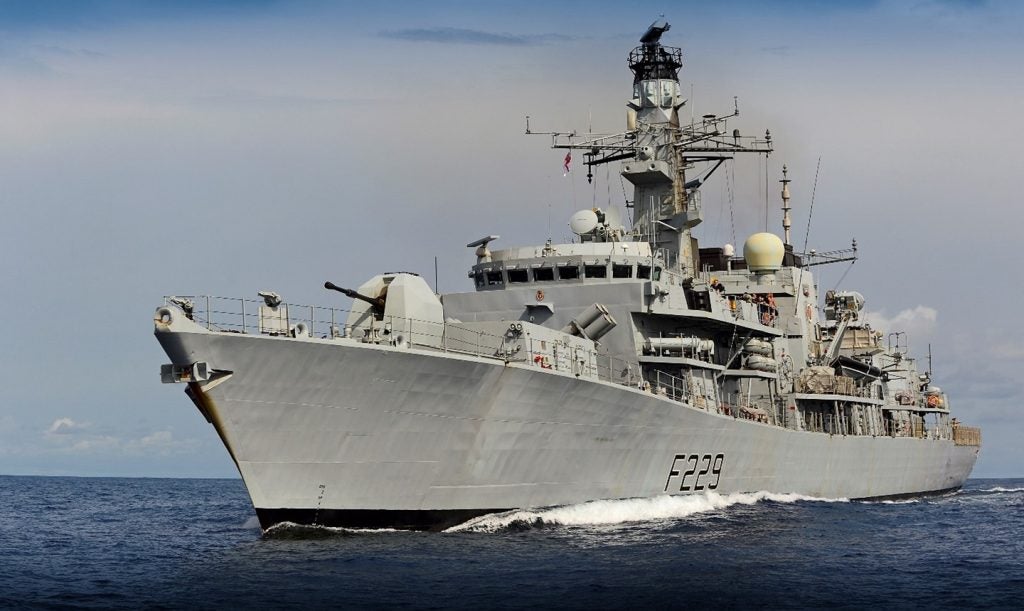
The US Navy has concluded developmental testing (DT) of the Raytheon-built AN/AQS-20C (Q-20C) towed minehunting sonar.
Completion of the testing now brings the sonar closer to being inducted into the fleet.
Equipped with advanced acoustic and electro-optic sensing capabilities, the Q-20C can be used to detect, localise and classify bottom, close-tethered, moored, and volume-moored mines.
Naval Surface Warfare Center Panama City Division (NSWC PCD) Q-20C lead project engineer Joe Thomas stated that the Q-20 C variant offers increased multi-modal search capabilities in the water column.
Thomas said: “This is a multi-modal search sonar. When you put the Q-20C sonar sensor in the water, it looks down, to each side, and is also forward-looking.
“The C-variant upgraded acoustic array technology as well as an integrated, electro-optic identification sensor. Previous versions of this sensor had to swap the volume-search module for an electro-optic identification module. With the latest improvements, it’s essentially looking everywhere in the surrounding volume of water.”
How well do you really know your competitors?
Access the most comprehensive Company Profiles on the market, powered by GlobalData. Save hours of research. Gain competitive edge.

Thank you!
Your download email will arrive shortly
Not ready to buy yet? Download a free sample
We are confident about the unique quality of our Company Profiles. However, we want you to make the most beneficial decision for your business, so we offer a free sample that you can download by submitting the below form
By GlobalDataDuring the DT, NSWC PCD’s subject matter experts worked in collaboration with Q-20C post-mission analysis (PMA) operators to assess the performance of the system with latest enhancements.
The improvements will support the integration of the system with its intended tow platform, the MCM Unmanned Surface Vehicle (MCM USV), in fiscal year 2020.
The MCM USV is a long endurance, semi-autonomous surface craft designed to support employment of a broad range of MCM payloads.
Q-20C is expected to be one of the payloads deployed from the MCM USV, Thomas added.
It has been designated as the minehunting sonar for the littoral combat ship’s (LCS) mine countermeasure mission package.
The sonar system has four modes of operation, namely single pass shallow (SPS), single pass deep (SPD), volume mine (VOL) and identification (ID SPS).







